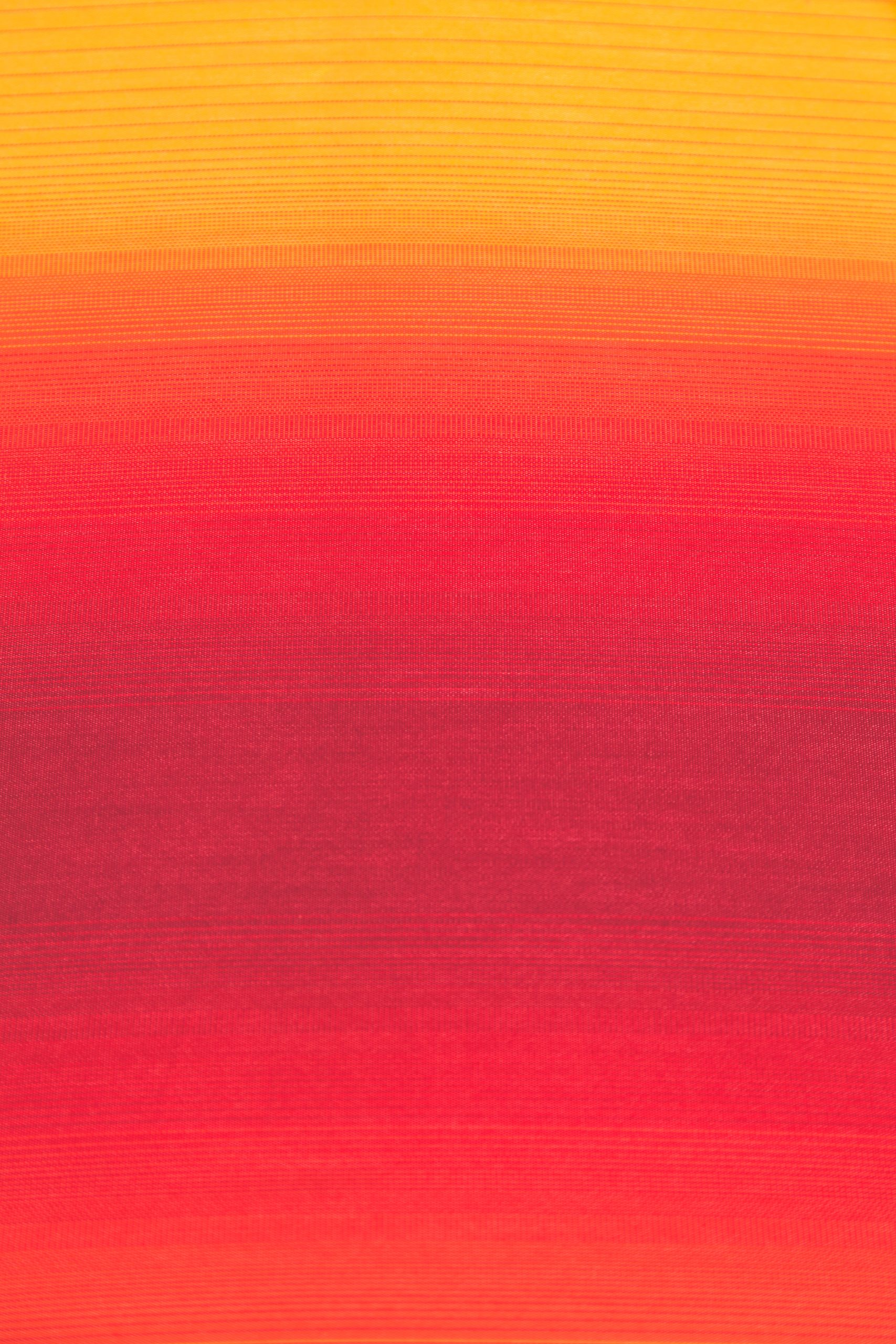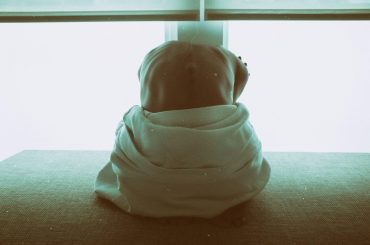The Impact Of Color On Mood And Mental Health: Incorporating Colors Into Your Recovery Plan
Colors affect our mood, actions, and emotions, and when used correctly, certain colors may even help to improve mental health. Studies show that color is a vital stimulus for the brain because 80 percent of our sensory impressions come from the things that we see. Apart from influencing our mood, colors can also affect our energy levels and sleep patterns. This is the reason why color can be a key component of an effective recovery plan. If you’re on the road to sobriety, here’s how to incorporate colors into your recovery.
To Soothe and Calm the Mind
Anxiety and substance abuse go hand in hand. A study shows that about 20% of people with an anxiety disorder have a problem with substance abuse. Moreover, 20% of those who abuse substances often experience anxiety or have a mood disorder. Unfortunately, anxiety continues to be an issue for those in recovery since trying to control cravings for drugs or alcohol can be highly stressful. If you’re feeling anxious or stressed, try surrounding yourself with colors that can calm the mind, such as blues and greens.
When these hues are used in the bathroom, they can make baths or showers feel a little more soothing and may help to reduce anxiety and stress. The color blue, for instance, promotes feelings of tranquility and comfort. Meanwhile, green, which is associated with nature and healing, can promote feelings of relaxation. You can cover your bathroom walls with soft blue or light green panels, or add accessories in these shades to enhance the tranquil feel of your shower space.
To Feel Happy and Optimistic
Being in recovery can be lonely at times, and there may be days when you feel sad or depressed. When you’re feeling low, it’s important to find healthy ways to cope, and one of the things you can do to feel better is to look at something yellow. According to a 30-year research by Pantone Color Institute executive director Leatrice Eisman, thousands of people associate the color yellow with warmth, cheer, sunshine, and happiness. Her study has also shown that surrounding yourself with this color can improve mood when it’s dark and dreary outside.
You can incorporate this color into your life by adding small yellow accessories to your home. You may also try placing a pot of sunflowers, daffodils, marigolds, or yellow roses in a place where you can always see it, such as a table or a windowsill, to add some cheer to your space. Wearing a yellow shirt or sweatshirt may also help you to feel more optimistic during recovery, so it’s worth trying if you’re having a bad day.
To Uplift and Inspire
When you’re feeling apathetic, bored, or you find that you don’t have the motivation to do anything productive while in recovery, try adding a shot of purple to your surroundings. This color is a combination of red, which is a high-energy color, and blue, which is a calming hue, and this makes purple unique since it can calm and uplift at the same time. It’s also associated with creativity and may trigger inspiration, so it may help you accomplish your goals while in recovery. Consider this color for items that you use every day, such as your coffee mug, water bottle, cellphone case, notebook, and the like. Seeing this color often may remind you to stay on course and work hard to achieve sobriety.
Certain colors can help you relax, make you feel happy, and stay motivated while in recovery. Consider adding blue, green, yellow, and purple into your surroundings as part of your recovery plan, and see how these hues can make a difference in your life.






